Every ecosystem everywhere is full of parasites! They can take control of their hosts causing unimaginable harm to production, reproduction and health. The very worst thing happens when a dairy operator reads an article like this and says, “I don’t really need to worry about parasites!” That’s how they worm their way into your operation and end up running off with your profits.
Know When It’s Parasite Time … and Get Rid of Them.
Most dairy operators are aware of the susceptibility of pastured animals to parasites, and late fall or winter is a good time to re-evaluate your parasite control program. “What program?” you ask. And actually that’s a good question because the most common thing about being under attack from parasites (worms) is that, because they’re subclinical, they fly below the radar. We tend to respond quickly when we can see visible signs of illness or losses in production in our dairy herd. However, the insidious nature of parasites is hard to prove even though they cost money (estimates suggest nearly $2 billion nationally per year). These losses are affected by several variables including age, stage of growth, degree of exposure, level of nutrition, management and genetics.
Won’t Frosts Freeze out Most Parasites?
Once passed several hard killing frosts here in the northeast, parasites are much less prevalent on pastures. That is what makes this a good time to give a de-worming treatment to the herd. But is that enough? Sure it helps deal with the stomach worms which may fall in number with cold weather, but protozoan parasites (coccidia or cryptosporidium) may be on the rise when animals of various ages and production levels are housed together in larger groups inside barns. With these situations, a more considered approach is necessary.
Ten Reasons to Bother With Deworming
So we have established that parasites are present. They’re hard to detect. And we don’t know what and when or even whether we should bother with the work of getting rid of them. Here are ten reasons to help you make that pro-active decision.
- Worms affect the immunity of your cattle. Any improvement in immunity will mean healthier cows.
- Get rid of the parasites and your animals will feel better and eat more.
- Animals that aren’t fighting off parasites are able to make better use of the nutrients present in the feed they eat.
- It’s easier for a dairy animal to maintain proper weight, metabolic and reproductive processes if they are parasite free.
- A target benchmark for dairy heifers is an under 15 months of age breeding date. This won’t happen if her maturity is hampered by parasites.
- Another measure of dairy success is when an animal starts milking. That date can be delayed by parasite problems.
- It is only common sense that there will be more milk if there are fewer parasites.
- Preventing the previously mentioned late calvers will save on culling costs and replacement expenses.
- Get rid of parasitism and your cows will be better at reaching a stabilized weight to support the reproductive cycle and settle into a new pregnancy.
- The gains due to better feed efficiency will be reflected in decreased feed input costs.
Got Parasites? Get Pharmaceuticals!
The last four decades of research and product development have ensured that the cattle industry has access to effective pharmaceuticals. A variety of delivery methods via syringe, bolus, drench or pour on make it easy to reduce parasite burdens. This very easiness could be another reason why producers don’t take the time to develop a parasite strategy or a whole farm approach to de-worming.
Don’t Exchange Your Parasite Problem for Parasite Resistance
Dairy managers need to go beyond the easy solution of reaching for an anthelminthic and treating worms every few months. It is important to determine through diagnostic efforts what the actual parasite load is in the herd. The downside of the ease of broad spectrum anthelminthic is that indiscriminate use and improper dosing has resulted in emerging problem with resistant parasite strains. This is happening in some regions of the world with sheep and goats and is emerging in horses. If these products are not used proper and only as needed, it is just a matter of time until resistance become a major problem in dairy cattle.
The Whole Farm Approach Is More than Just the Animal and the Drug
Four areas must be given thorough investigation and consideration when setting up a whole farm approach:
- the life cycle of the parasite that is present
- the immunity or resistance of the animal
- the pasture, stall or environment where the parasites are present
- the long term concerns for developing resistance.
Got Parasites? Who Ya’ Gonna’ Call?
With so many variables, dairy producers are encouraged to get assistance in developing a parasite control program. Veterinarians can help here. A truly effective program will have to assess not only how the animals are housed or pastured, but also, where manure is spread and the planning of control methods for crops and forages.
How to Manage an Effective Parasite Program
- Review and assess the levels of risk for each animal group or housing situation.
- Reduce exposure to fecal oral pathogens.
- Minimize infective parasite larvae through pasture rotation, making hay, sward height and maintenance of some susceptible genes in the parasite population.
- Limit manure applications on grazed pastures.
- Conduct routine fecal egg counts (FEC) on animal groups and use them to assess the need for and effectiveness of treatment strategies.
- Work with a veterinarian to set target levels to determine when treatment is necessary.
- Minimize the development of resistance by working with veterinarians to develop protocols and to screen for the emergence of resistance parasite.
Least Cost. Most Effective.
The goal is to find a low cost, effective way to prevent parasites from negatively affecting the dairy herd. This means keeping the parasite levels as low as possible during the first 100 days after calving.
- If the cattle are exposed to low levels of parasites, treatment given in early lactation or given as a whole herd treatment in late fall will probably be sufficient.
- If cattle are exposed to moderate to high level of parasites, two dewormings per lactation (one at calving and one given later) or two herd treatments per year (one given in late fall and a second six weeks after spring green up) will be necessary to maintain adequate control.
- Deworming cows that are harboring parasites at the time of calving will remove the parasites before they begin their greatest period of lactation stress. If parasites are at a moderate to high level the second strategic-timed deworming would be six weeks into lactation.
Timing is Key.
The efficacy and efficiency of a parasite control program is heavily affected by timing. The right pharmaceutical and the right time is a priority. Deworming strategies are designed to control parasites by correctly timing the intervention so that it interrupts the parasites’ life cycle and prevents reinfection. Again, assistance from someone familiar with these techniques is invaluable.
The Bullvine Bottom Line
It is far less expense to deworm cattle than to incur losses from wasted feed, illness or reproduction or replacement costs. Developing a deworming strategy is becoming a fundamental management tool for many profitable dairy operations.
Get original “Bullvine” content sent straight to your email inbox for free.











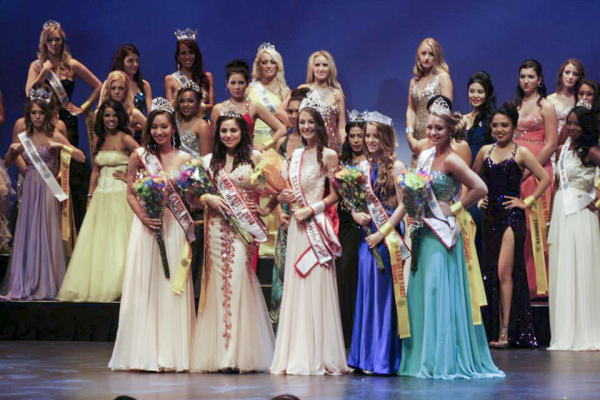

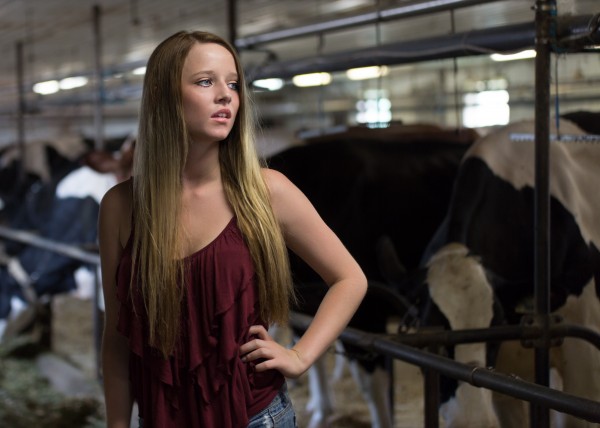
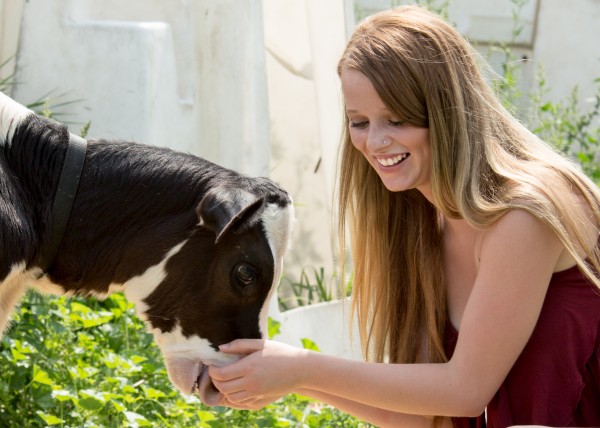
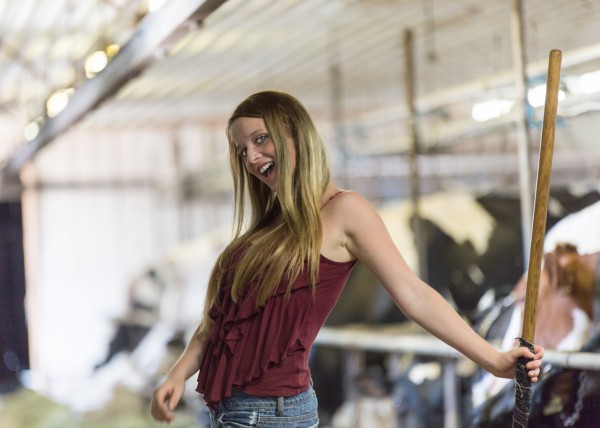
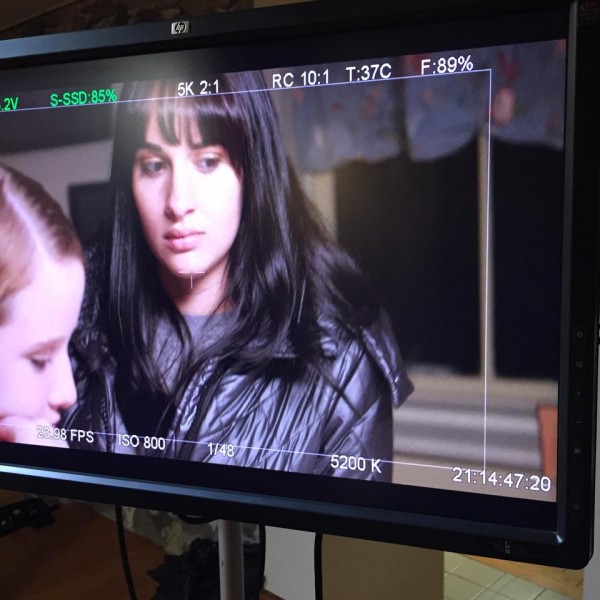
![euthanasia_2[1]](https://www.thebullvine.com/wp-content/uploads/2014/10/euthanasia_21-600x390.jpg)

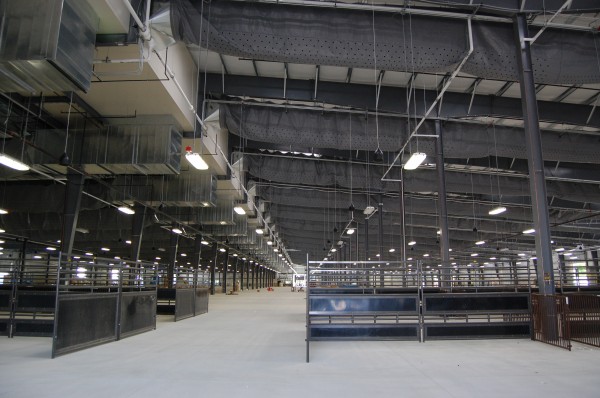

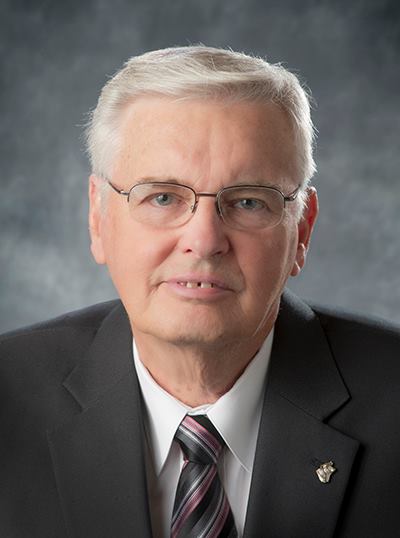
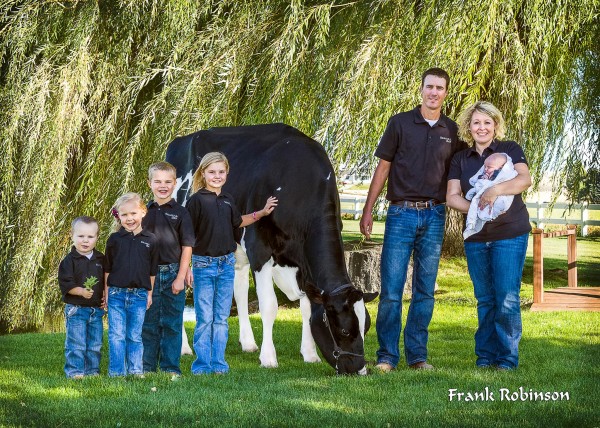
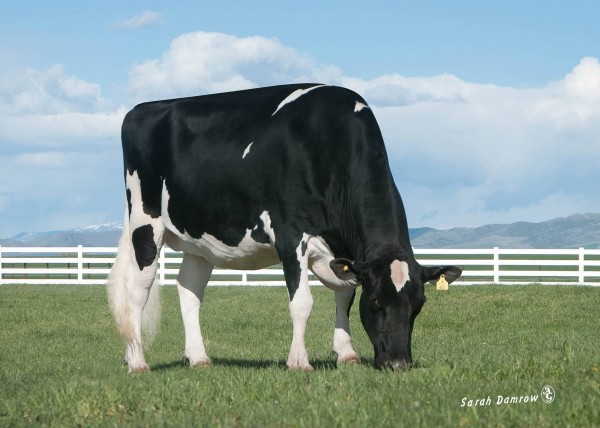
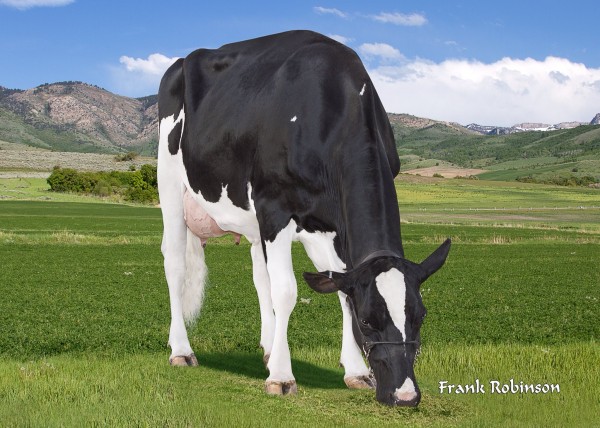
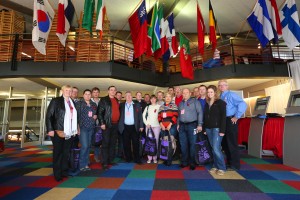 Be prepared. Plan ahead.
Be prepared. Plan ahead. Be on the offence, not the defence.
Be on the offence, not the defence.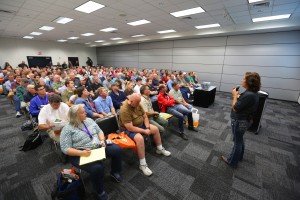 Be Part of a Positive Image for Dairying
Be Part of a Positive Image for Dairying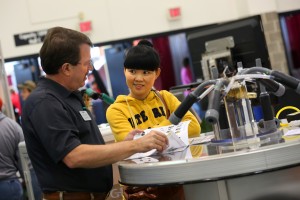 Don’t Follow the Herd
Don’t Follow the Herd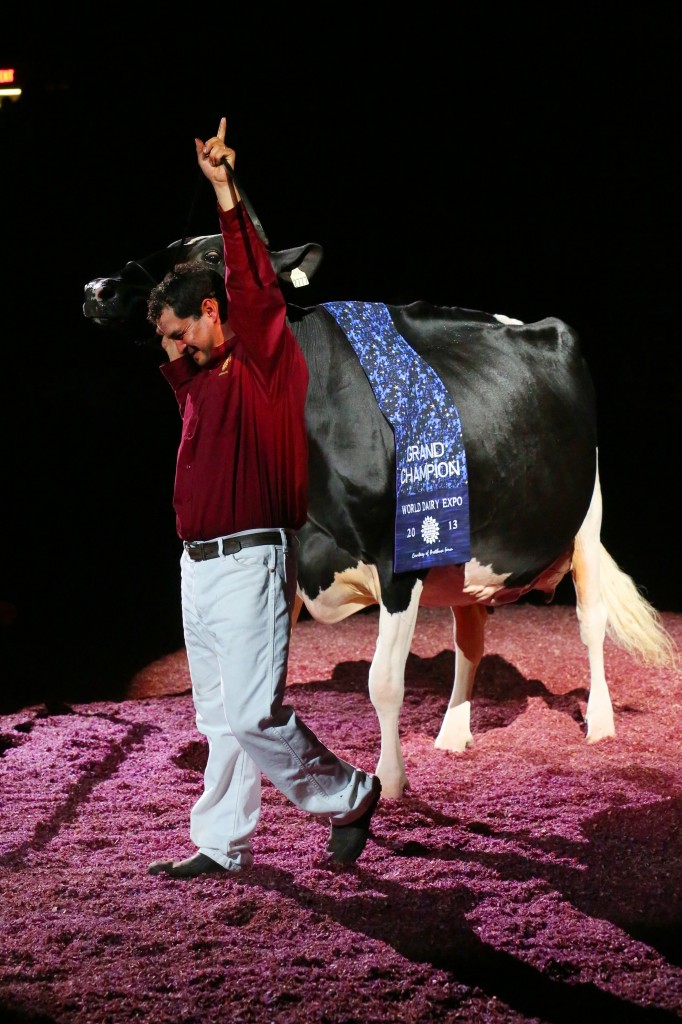 Become an Expo “Designer Dairy” Winner
Become an Expo “Designer Dairy” Winner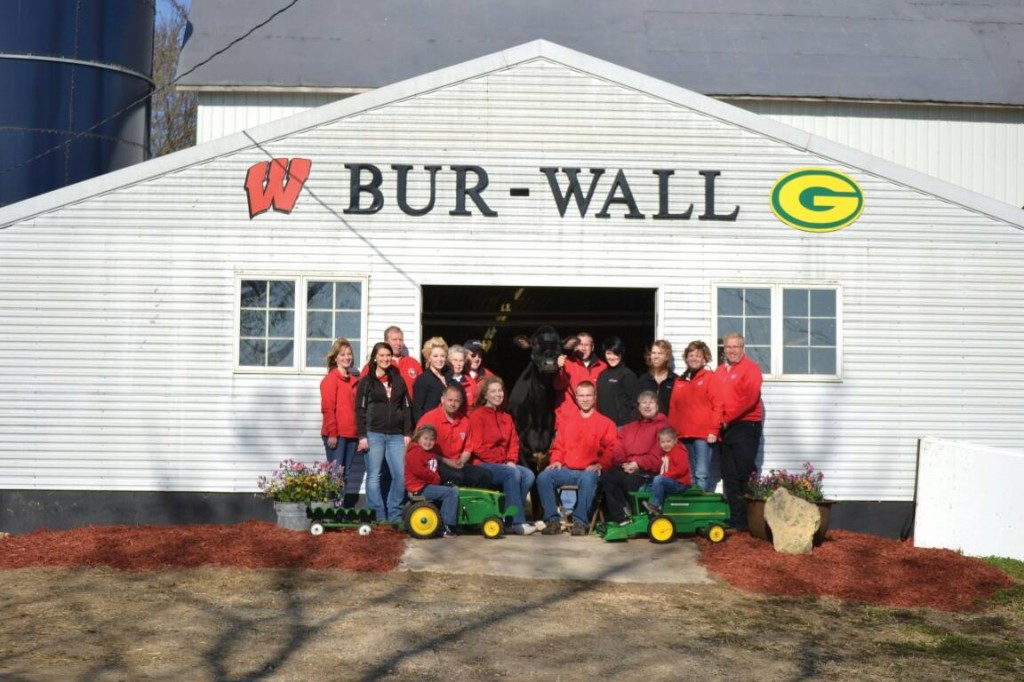
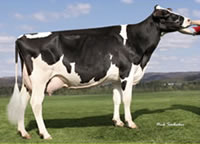
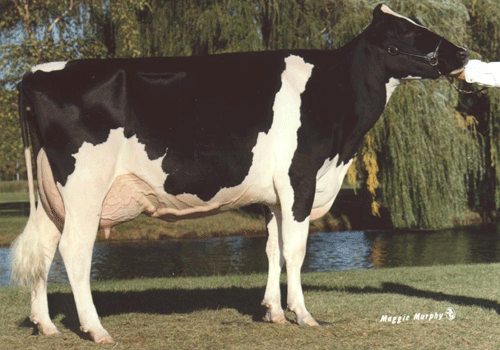

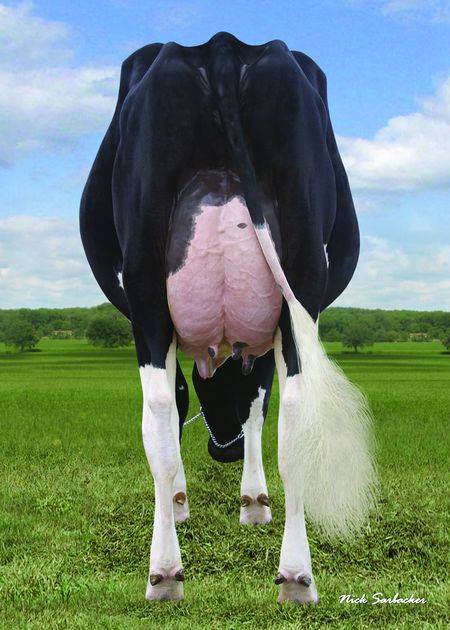
![ry400[1]](https://www.thebullvine.com/wp-content/uploads/2014/09/ry4001.jpg)
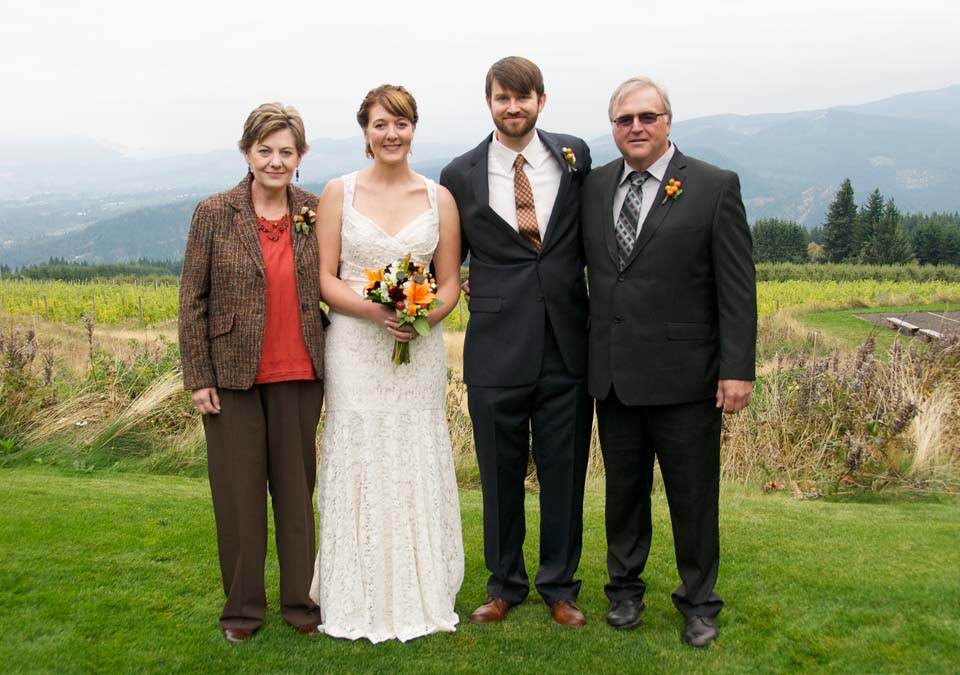
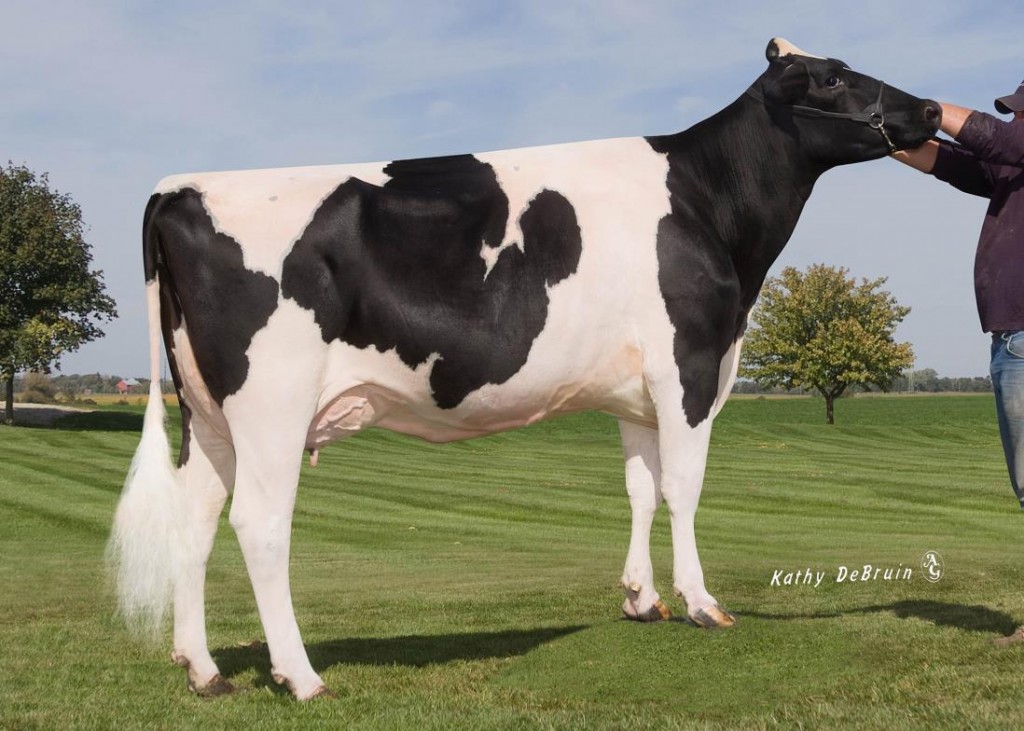
![ho000053457311[1]](https://www.thebullvine.com/wp-content/uploads/2014/09/ho0000534573111-1024x731.jpg)
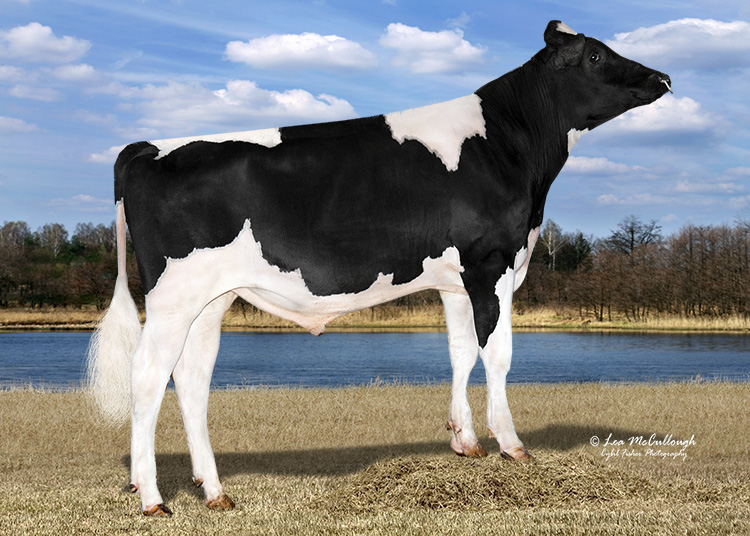
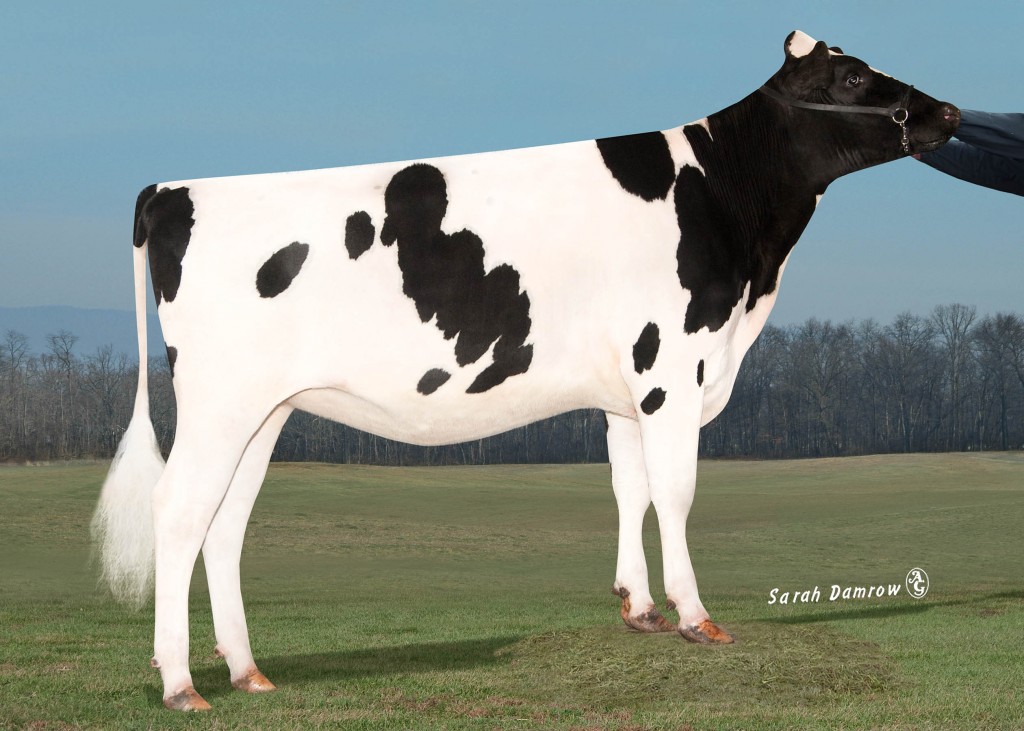
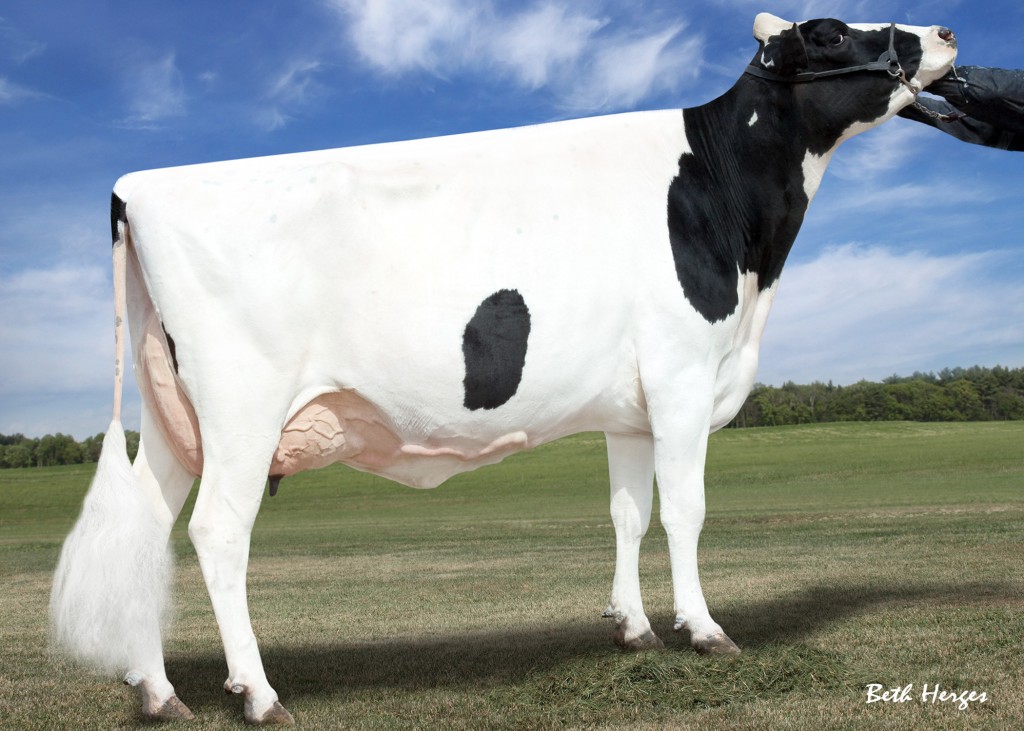
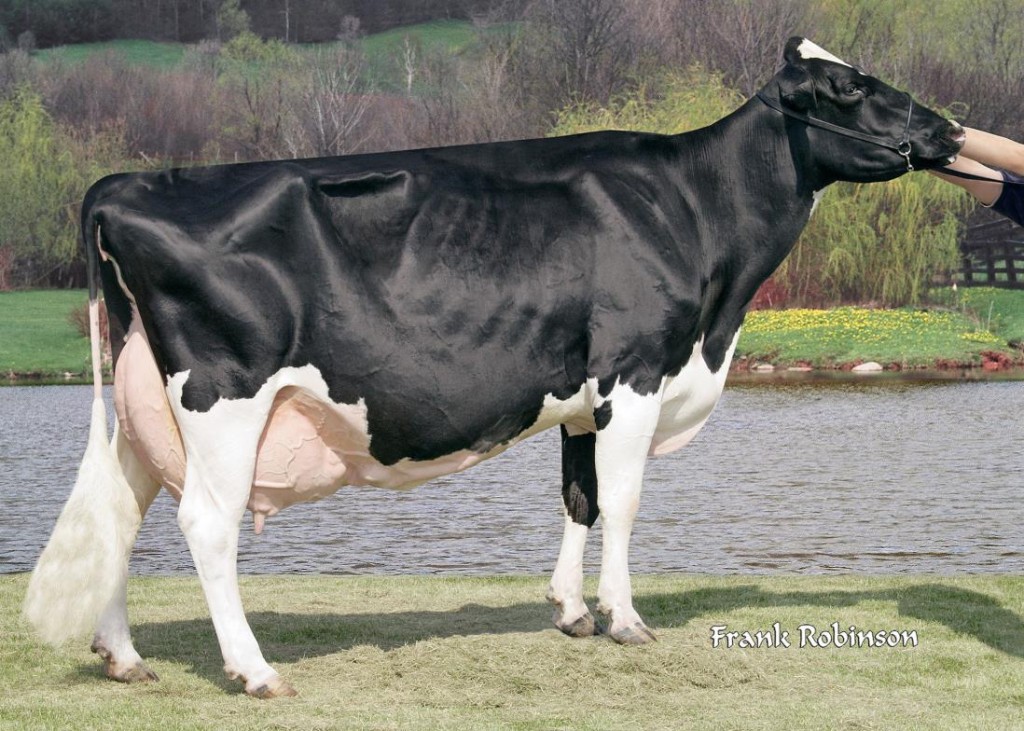
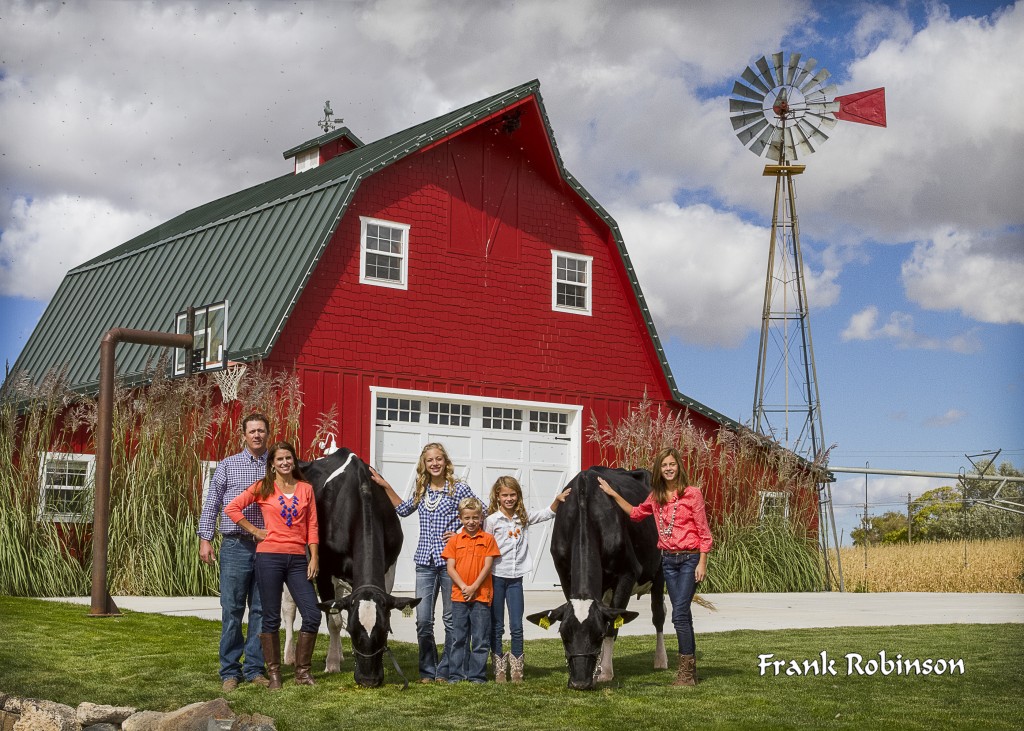
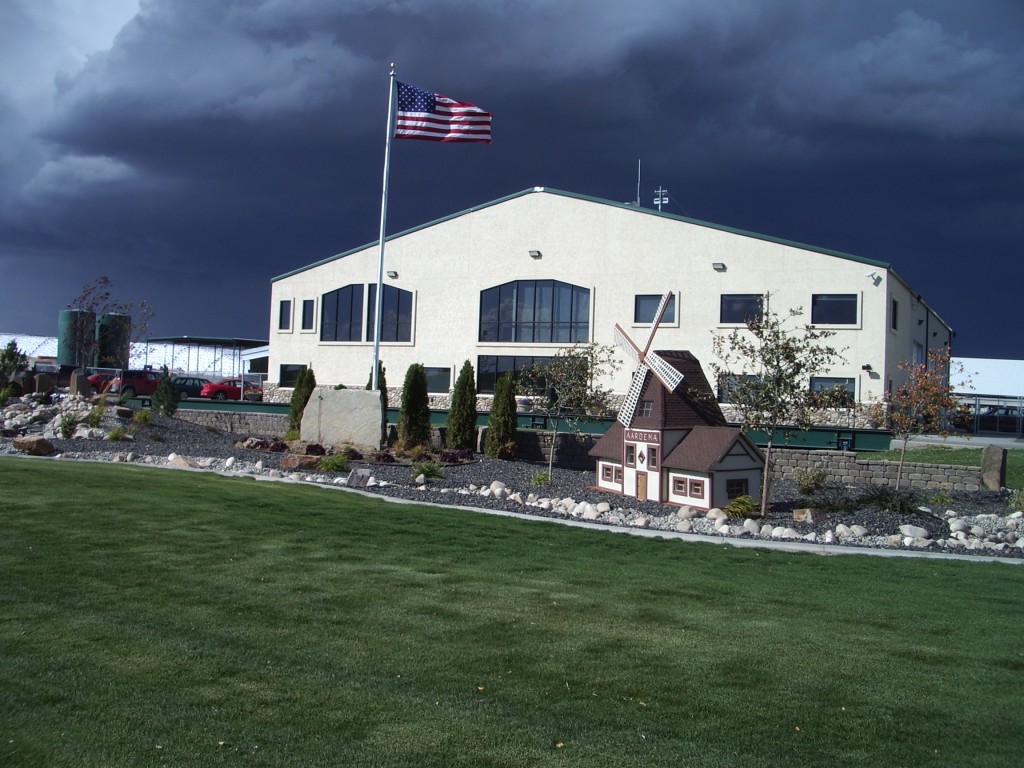
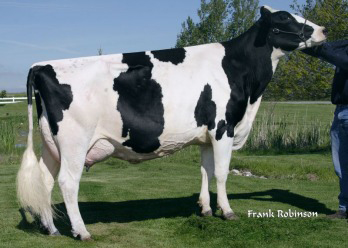
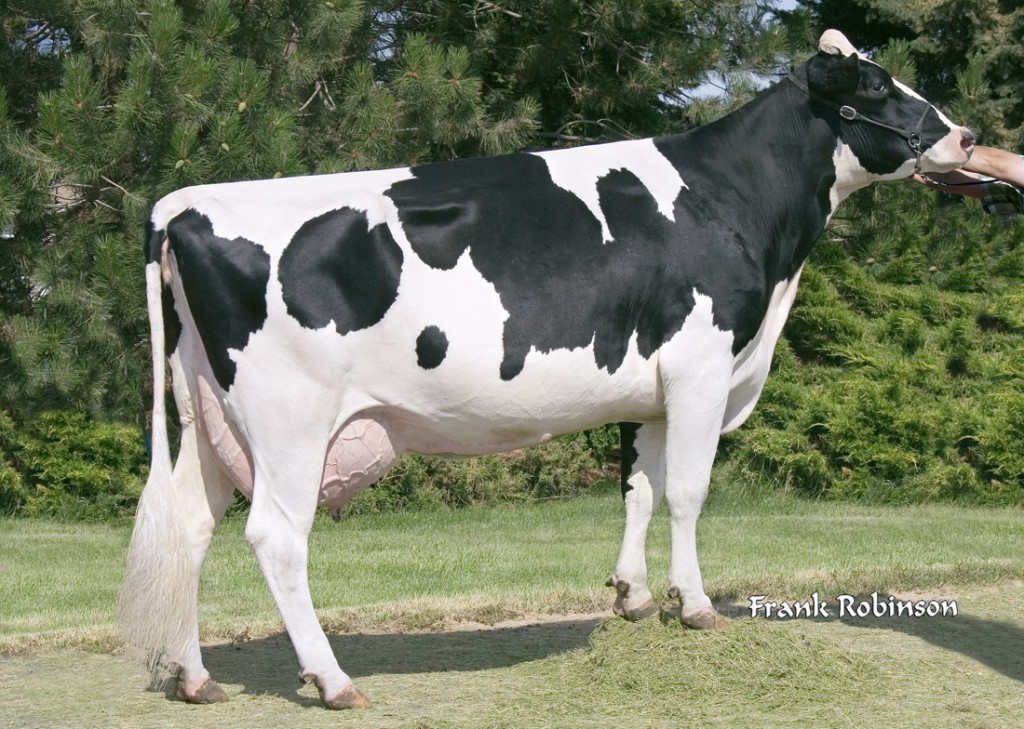
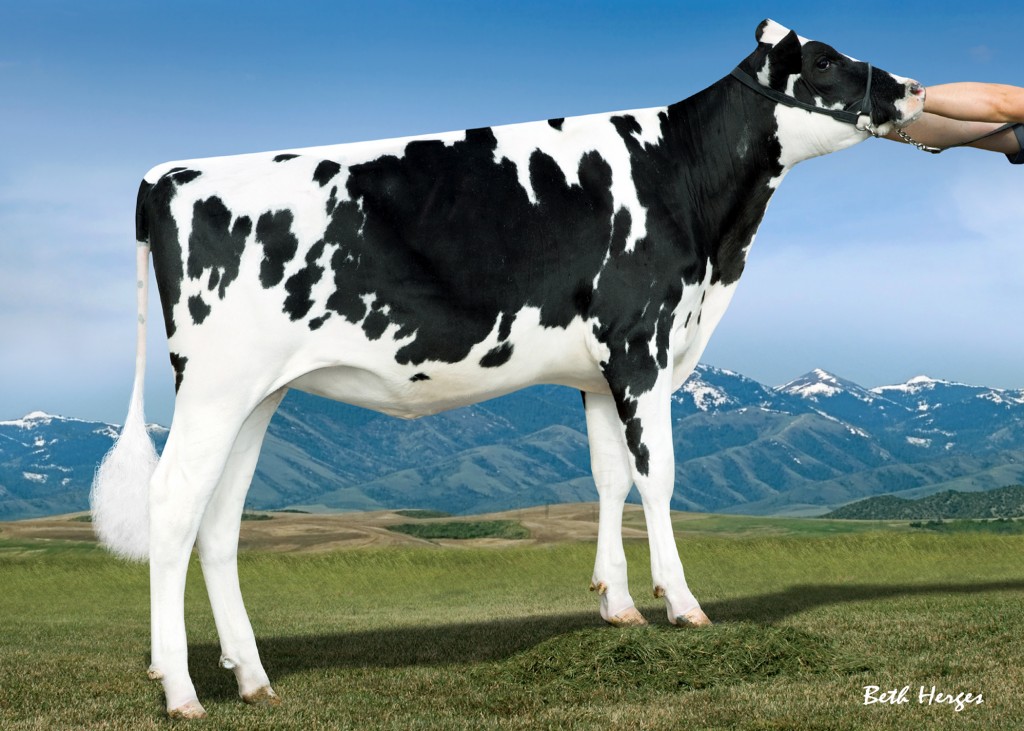
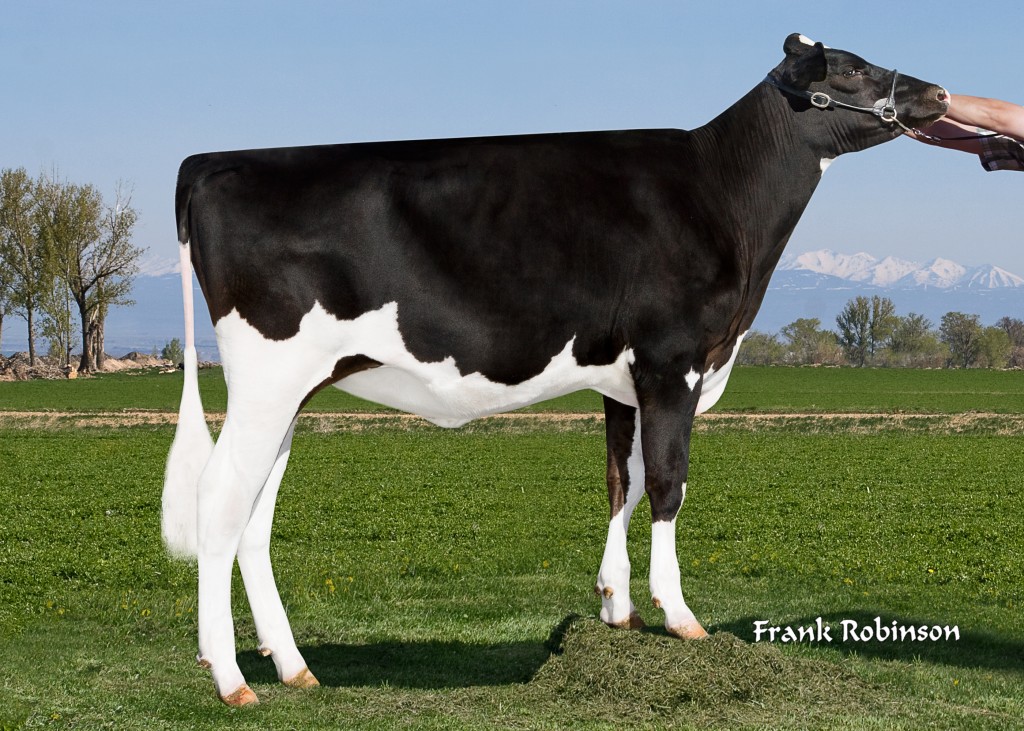
![disease-butter[1]](https://www.thebullvine.com/wp-content/uploads/2014/08/disease-butter1.gif)
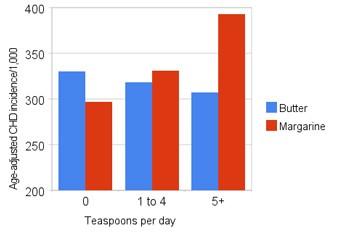
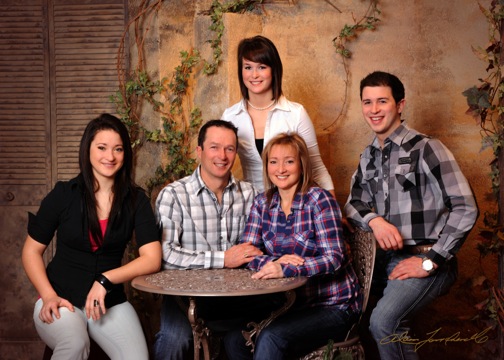

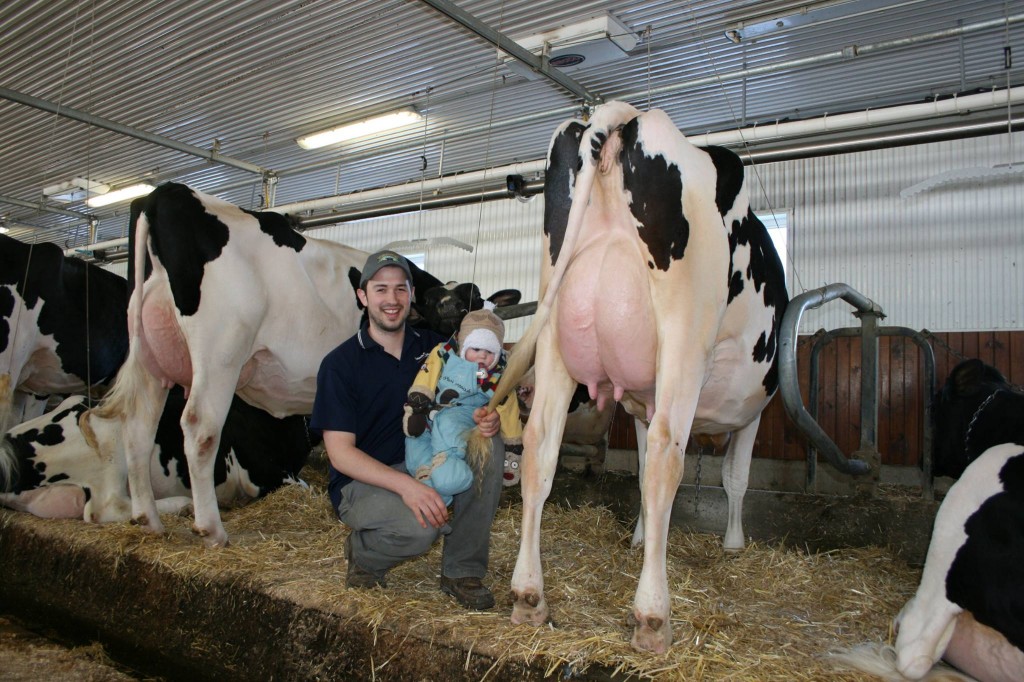
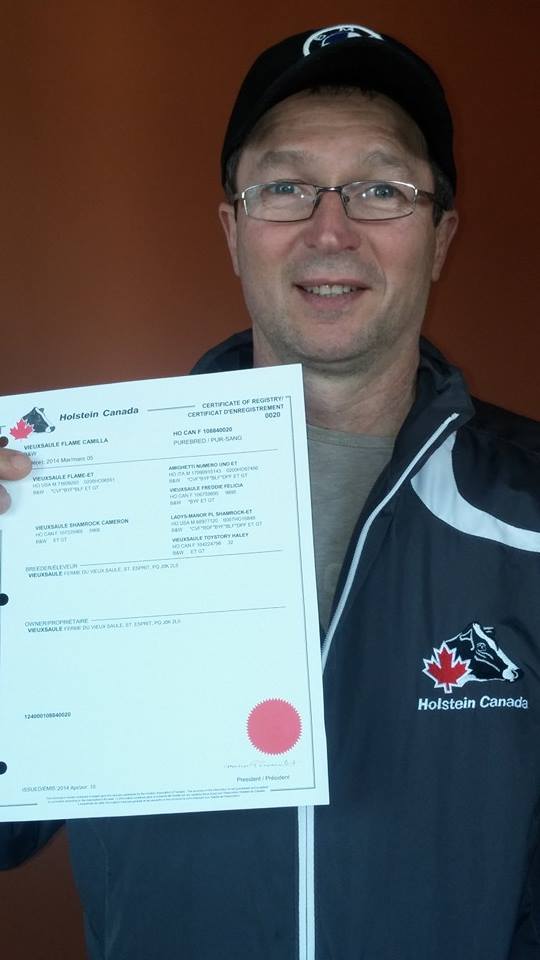
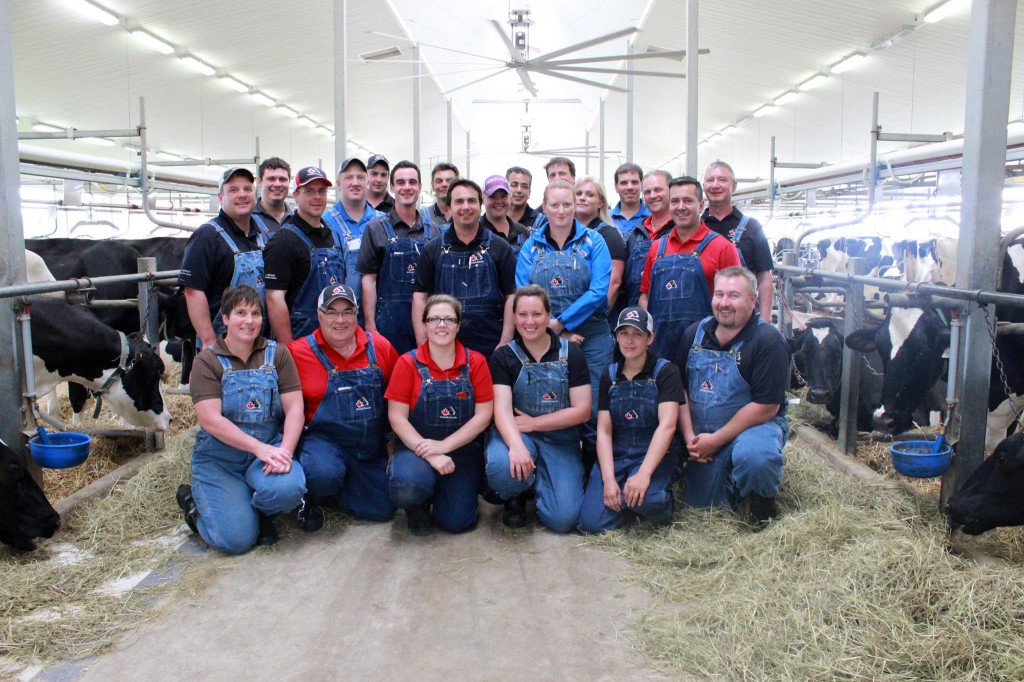
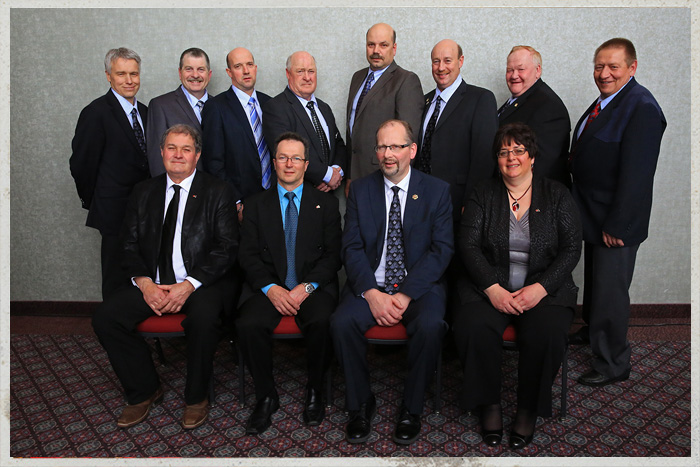
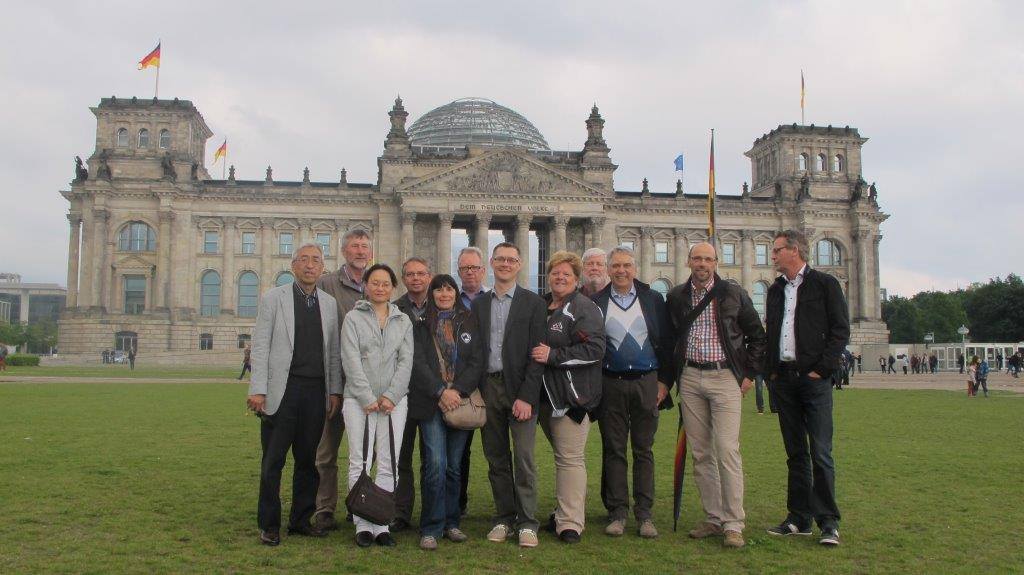
![617222_4322522095873_1631144029_o[1]](https://www.thebullvine.com/wp-content/uploads/2014/07/617222_4322522095873_1631144029_o1-1024x731.jpg)
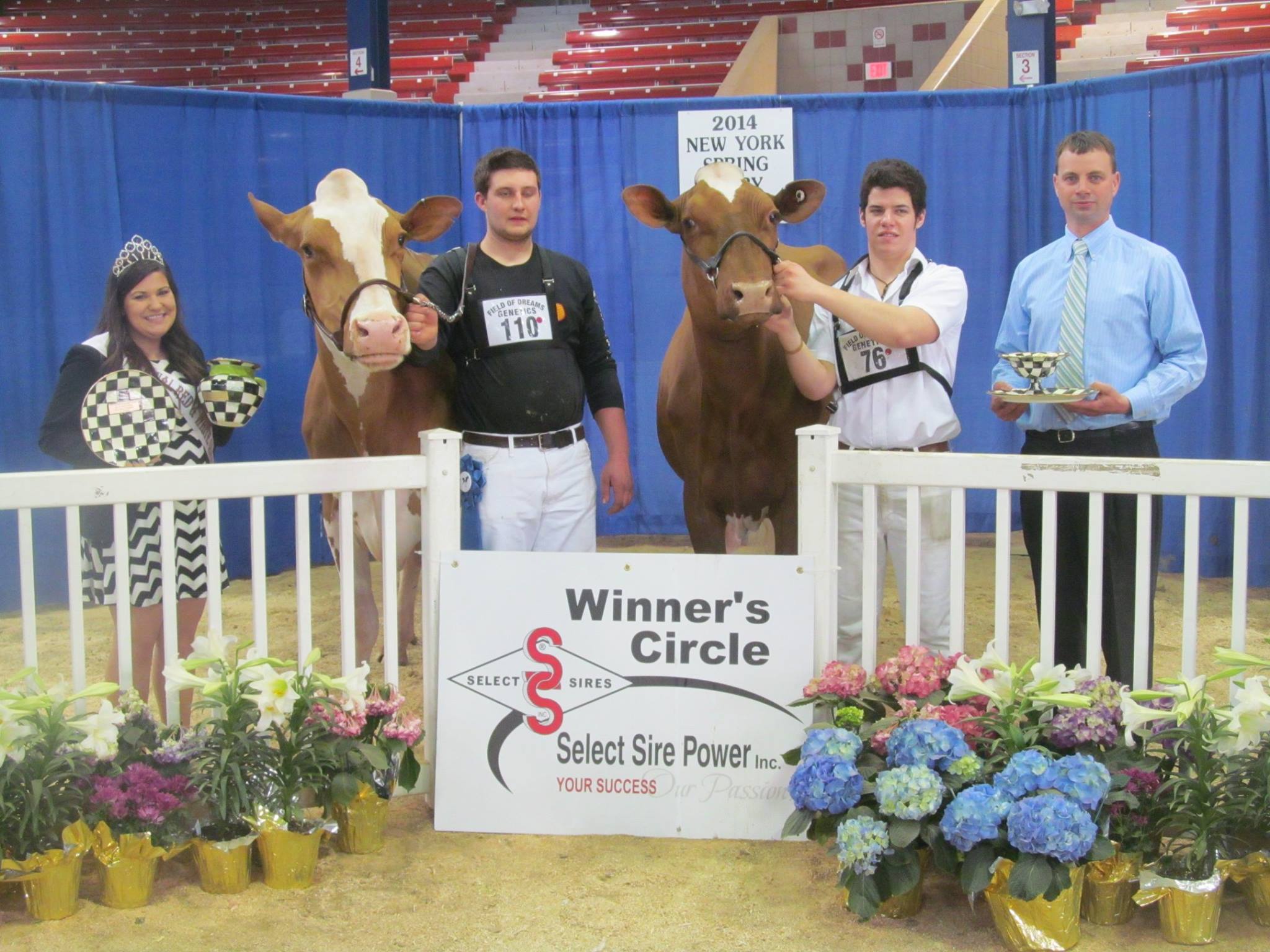
![1393945_554437224610901_27722843_n[1]](https://www.thebullvine.com/wp-content/uploads/2014/07/1393945_554437224610901_27722843_n1.jpg)
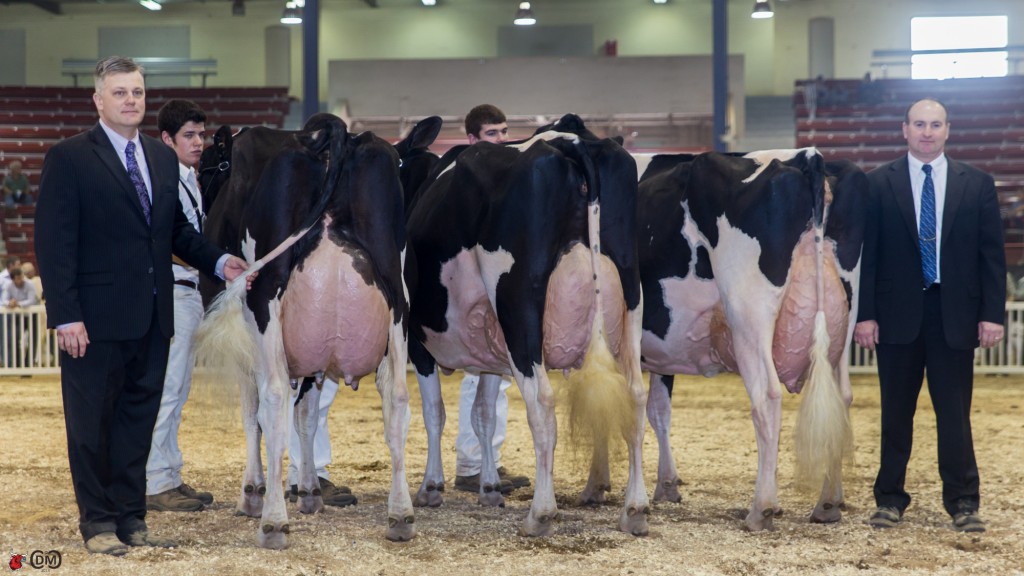
![1151036_10152139324904056_1362519803_n[1]](https://www.thebullvine.com/wp-content/uploads/2014/07/1151036_10152139324904056_1362519803_n1.jpg)
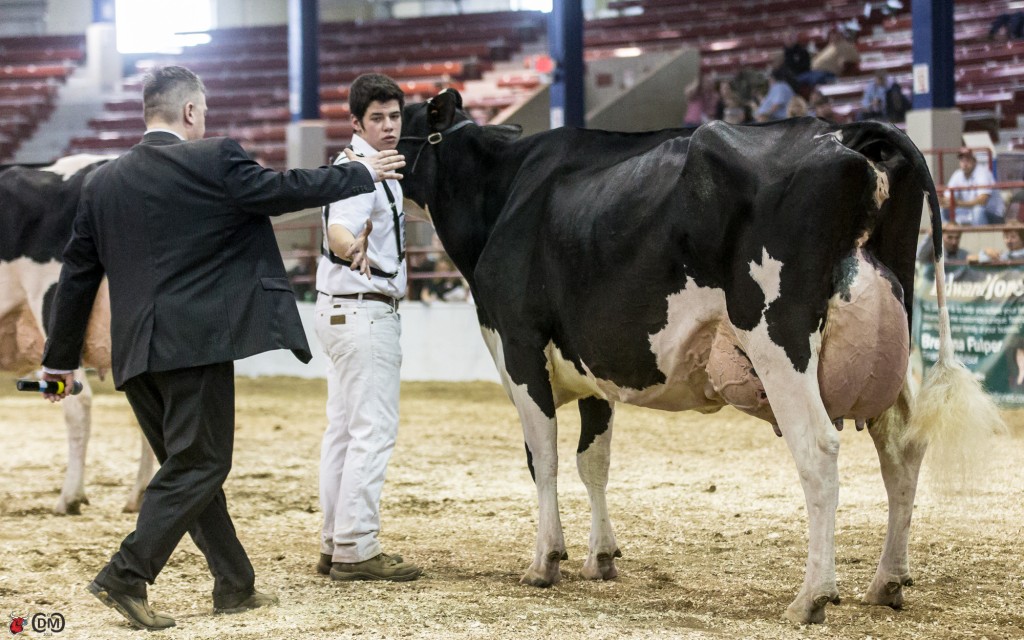
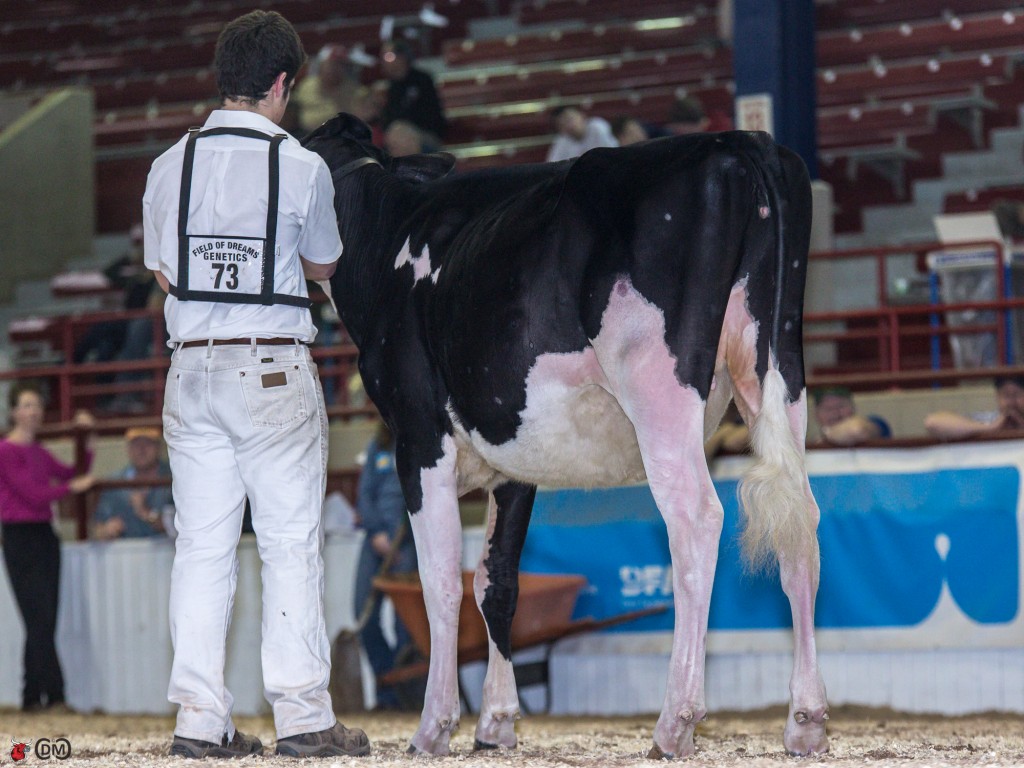
![601785_10201547705547543_1653151441_n[1]](https://www.thebullvine.com/wp-content/uploads/2014/07/601785_10201547705547543_1653151441_n1.jpg)
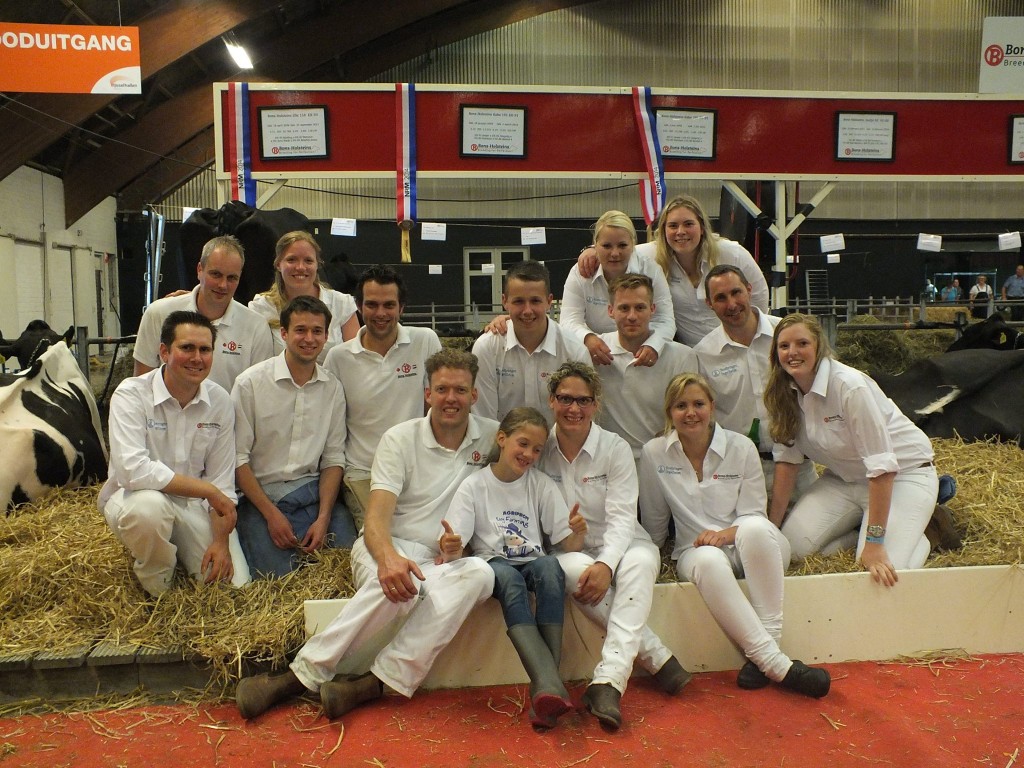
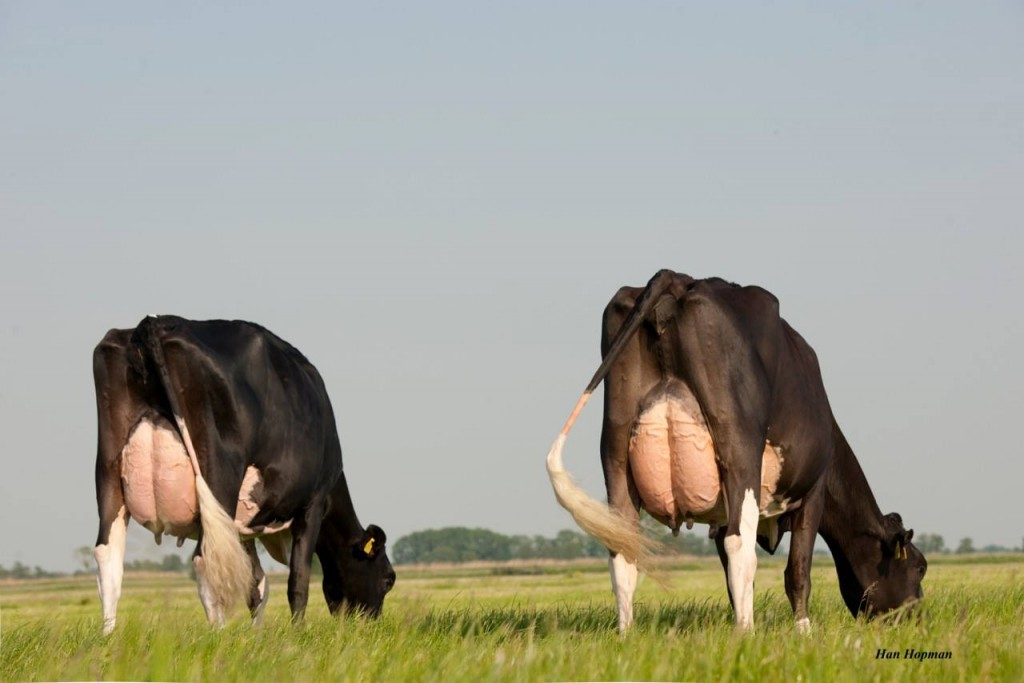
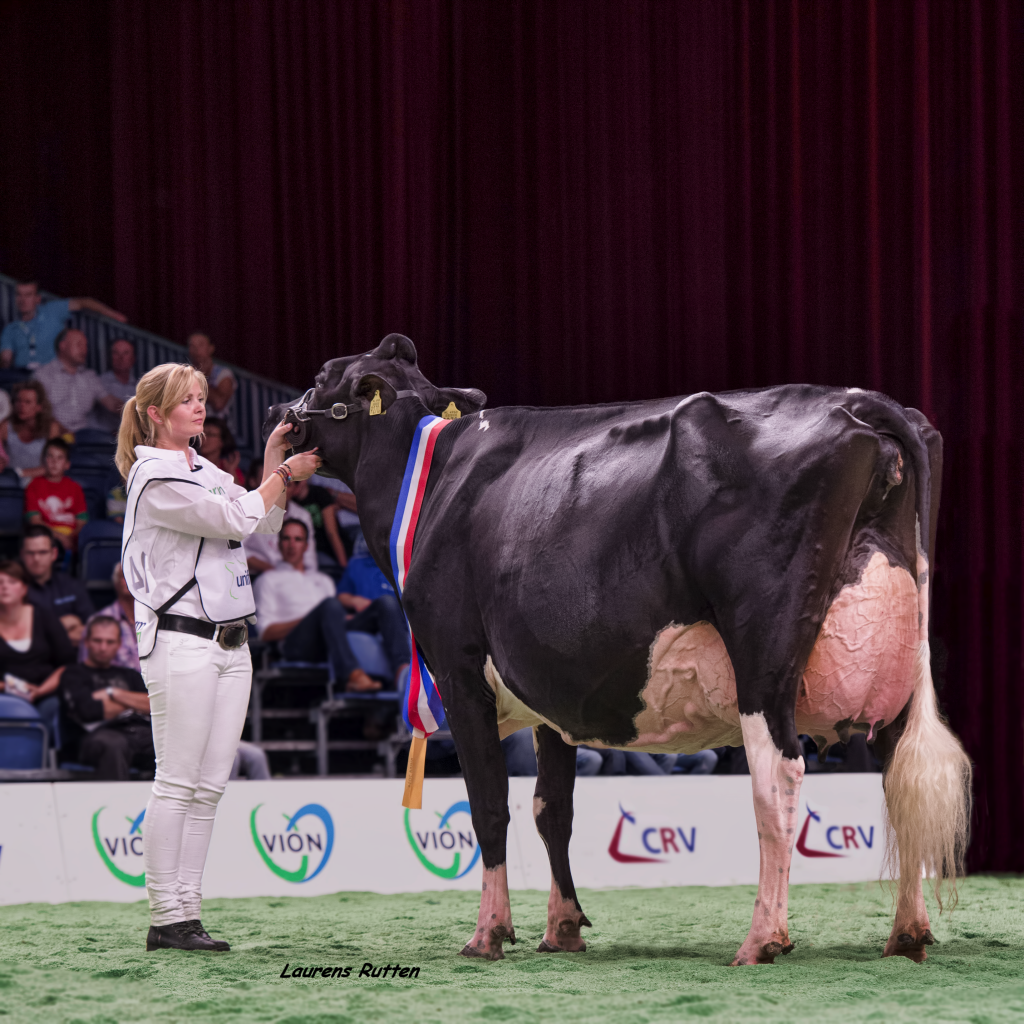



 Here comes the Judge
Here comes the Judge




